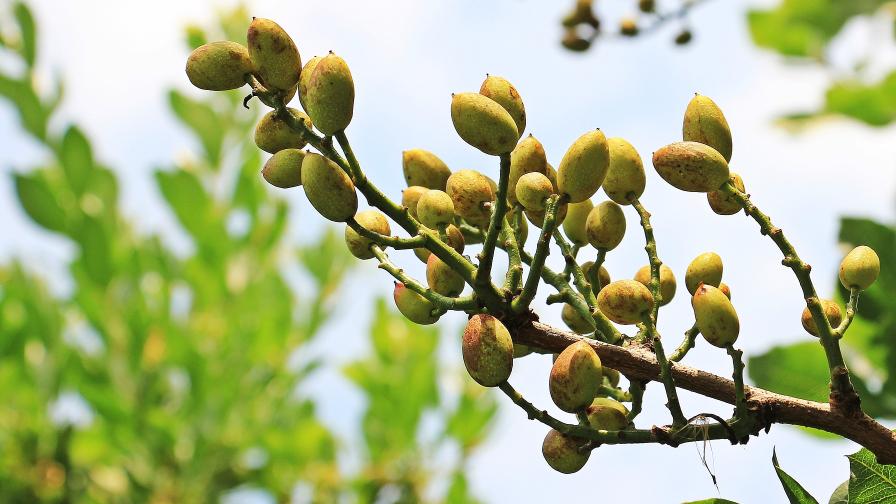Report Shows Concern Over Nitrate Levels
One in 10 people living in California’s most productive agricultural areas is at risk of exposure to harmful levels of nitrate contamination in their drinking water, according to a recent report by the University of California (UC)-Davis. The report was commissioned by the California State Water Resources Control Board.
The report, “Addressing Nitrate in California’s Drinking Water,” is the first comprehensive scientific investigation of nitrate contamination in the Tulare Lake Basin, which includes Fresno and Bakersfield, and the Salinas Valley, which includes Salinas and areas near Monterey. According to a UC-Davis press release, the report defines the extent of the problem, suggests promising solutions, and outlines possible funding mechanisms.
“Cleaning up nitrate in groundwater is a complex problem with no single solution,” Jay Lund, director of the UC-Davis Center for Watershed Sciences and a report co-author, said in the press release. “This report should help inform discussions among people involved with drinking water, waste discharge, and agricultural issues, including local and state government agencies.”
The study was funded by the State Water Board in response to state legislation passed in 2008 that required an examination of nitrate contamination in the Tulare Lake and Salinas basins. “California groundwater quality is a significant concern to the water boards, and this comprehensive report presents current science and potential solutions on how to deal with this chronic and long-standing issue,”
said State Water Board executive director Thomas Howard.
Top U.S. Ag Counties
Nitrogen in organic and synthetic fertilizers has dramatically increased crop production in California in recent decades. However, excess nitrate in groundwater from surface nitrogen use has been linked to thyroid illnesses, some cancers, and reproductive problems.
In their new report, UC-Davis scientists examine data from wastewater treatment plants, septic systems, parks, lawns, golf courses, and farms. The report concludes that more than 90% of human-generated nitrate contamination of groundwater in these basins is from agricultural activity. The nitrate study area includes four of the nation’s five counties with the largest agricultural production, representing 40% of California’s irrigated cropland and more than half of the state’s confined animal farming industry.
Since the 1940s, synthetic fertilizer use, increased manure applications to cropland, and a shift from pasture-raised dairy cattle to confined animal facilities have resulted in the accumulation of excess nitrate in groundwater, the report says. Much of that excess is only now beginning to affect water quality in the Tulare Lake Basin and Monterey County portion of the Salinas Valley. Today’s discharges will continue to contaminate drinking water decades from now, the report says.
Potential Fertilizer Fee
Fixes for drinking water systems in these basins could cost about $20 million to $35 million per year for decades, the report concluded. As nitrates continue to spread, drinking water system costs could increase for Tulare Lake Basin and Salinas Valley communities.
The UC-Davis report outlines several potential funding solutions, including a fee on nitrogen fertilizer use to help fund drinking water costs.
The report found that 10% of the 2.6 million people in the Tulare Lake Basin and Salinas Valley rely on groundwater that may exceed the nitrate standard of 45 milligrams per liter set by the California Department of Public Health for public water systems. The problem is likely to worsen for decades, as nitrogen applied to today’s crops slowly makes its way into groundwater as nitrate.
Communities often respond to initial contamination by shifting to cleaner water sources. But as high nitrate concentrations continue to persist, communities are faced with using expensive treatment and alternatives. Nitrate groundwater contamination imposes major abatement costs on small rural communities, which often have little technical capacity to maintain safe drinking water. The board has posted the documents on the Internet for public comment. For the full report, videos, maps, and more information, go to http://groundwaternitrate.ucdavis.edu/.
Report Workshop In Late May
The State Water Board will be conducting a public workshop on May 23 to consider public comment, as well as discuss the findings and options outlined in the UC-Davis report, “Addressing Nitrate in California’s Drinking Water.” The board will review the public comments and issue recommendations to the state Legislature, as called for in the legislation. The workshop will commence on Wednesday, May 23, at 9 a.m. in the Coastal Hearing Room on the second floor of the Joe Serna, Jr. – Cal/EPA Headquarters Building, 1001 “I” St., Sacramento, CA. Questions on the workshop should be directed to Erik Ekdahl at [email protected].








